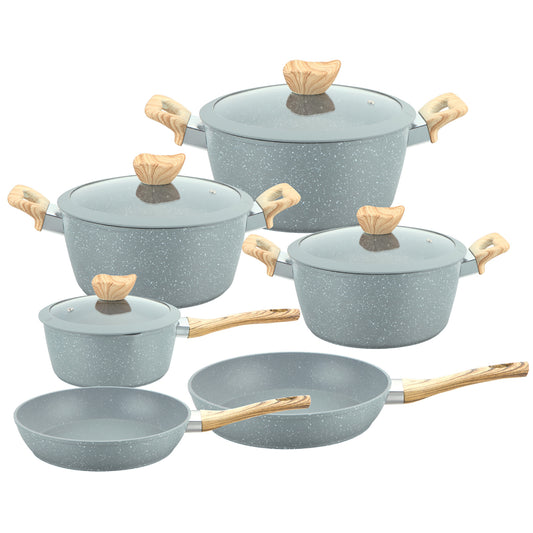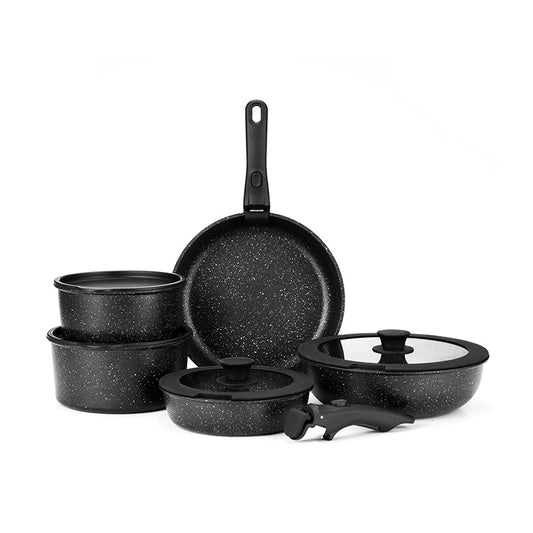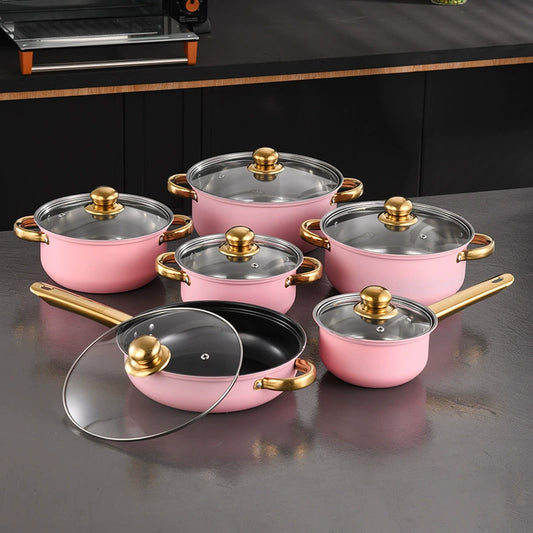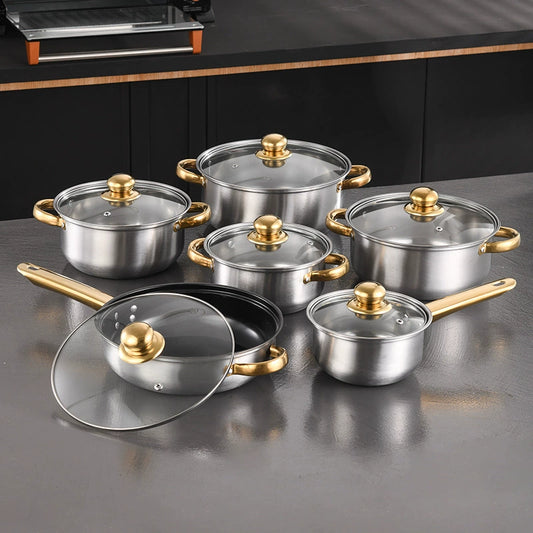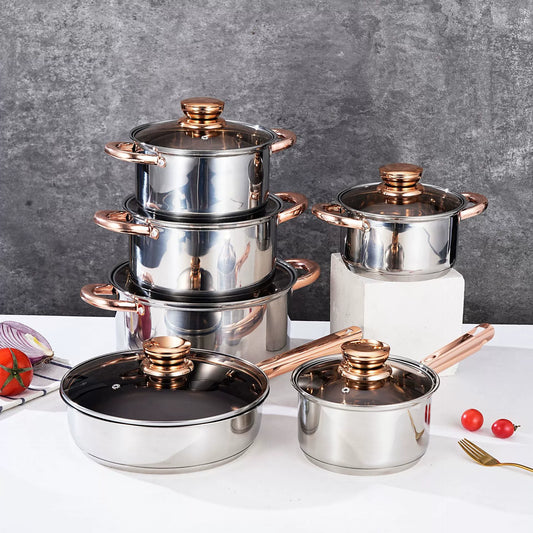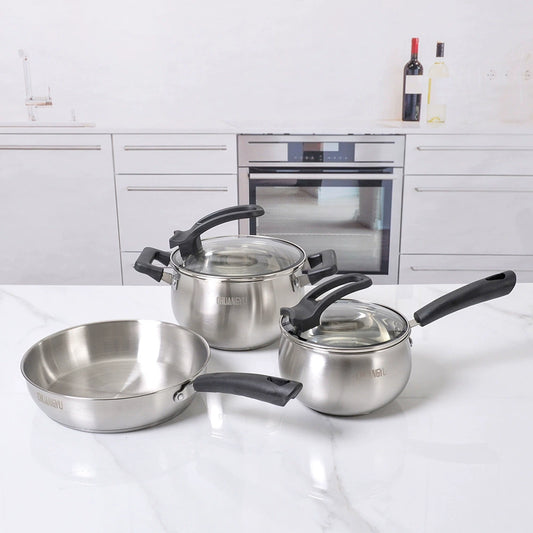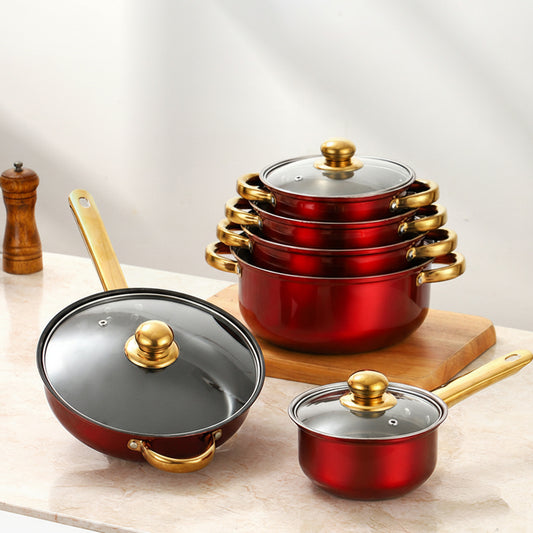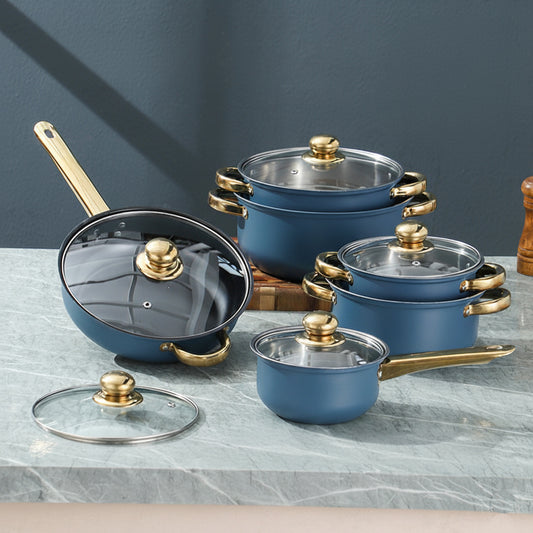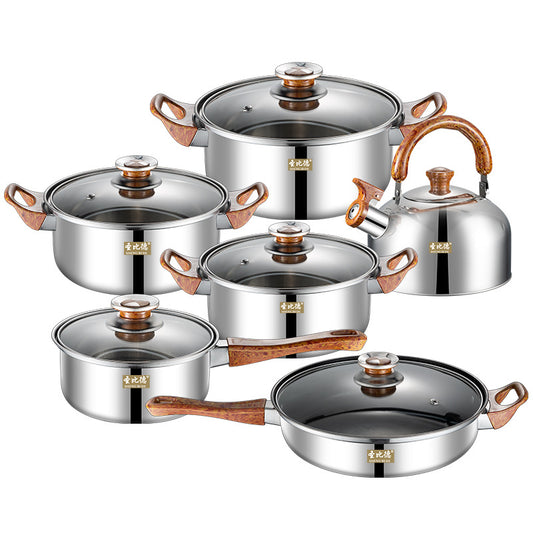Lighting is one of the most crucial elements in any renovation. It impacts not just functionality but also the atmosphere and style of your spaces. But how do you achieve the perfect balance between task lighting (for working or cooking) and decorative lighting (for ambiance)?
In this blog, we’ll guide you through planning your lighting from the start, avoiding common mistakes, and creating spaces that are comfortable, practical, and full of personality.
1. Types of Lighting: Task vs. Decorative
💡 Task Lighting (Functional)
-
Recessed spotlights: Ideal for kitchens, bathrooms, and workspaces.
-
Under-cabinet LED strips: Perfect for illuminating countertops or shelves.
-
Ceiling fixtures: Provides general, even lighting.
✨ Decorative Lighting (Ambient)
-
Wall sconces: Adds warmth to hallways or bedrooms.
-
Floor/table lamps: Creates cozy corners in living rooms.
-
Pendant lights: Focal points for dining areas or entryways.
📌 Key Tip: Combine both types in every room for balanced lighting.
2. Light Temperature: Warm vs. Cool?
| Light Type | Best For | Effect |
|---|---|---|
| Warm (2700K-3000K) | Living rooms, bedrooms, dining areas | Cozy and relaxing |
| Neutral (3500K-4000K) | Kitchens, bathrooms, offices | Balanced and functional |
| Cool (5000K-6500K) | Garages, storage rooms, utility areas | Bright and clinical |
📌 Common Mistake: Using cool light in bedrooms (can disrupt sleep).
3. How to Avoid Shadows in Kitchens and Bathrooms
🔹 In kitchens:
-
Place recessed spotlights around cooking areas.
-
Add LED strips under upper cabinets to light countertops.
-
Avoid a single central light (creates shadows when chopping or cooking).
🔹 In bathrooms:
-
Use sconces on both sides of the mirror (not just overhead).
-
Combine general (ceiling) and task (mirror/shower) lighting.
📌 Pro Tip: In windowless bathrooms, use neutral light (3500K) to avoid artificial tones.
4. Decorative Lighting for Living & Dining Rooms
🛋️ Living room:
-
Floor lamps next to sofas for reading.
-
Statement wall sconces for warm ambiance.
-
LED backlighting behind TVs (reduces eye strain).
🍽️ Dining room:
-
Pendant light above the table (30-40 cm narrower than the table).
-
Multiple small bulbs instead of one large one (better light distribution).
📌 Style Example: A rattan pendant for rustic dining rooms or a crystal chandelier for modern spaces.
5. Plan Lighting Early in Your Renovation
⚠️ Don’t leave lighting for last. Avoid:
-
Missing outlets for lamps.
-
Poorly placed lights (e.g., shadowy kitchens).
-
Imbalanced bright and dark zones.
📌 Steps to Follow:
1️⃣ Sketch a layout with furniture and room purposes.
2️⃣ Mark task (e.g., countertops) and decorative (e.g., art) lighting zones.
3️⃣ Install dimmers to adjust ambiance.
Function + Ambiance = Lighting Success
Great lighting should be:
✔ Practical (for cooking, working, or grooming).
✔ Beautiful (to create inviting atmospheres).
✔ Planned (from day one of your renovation).




